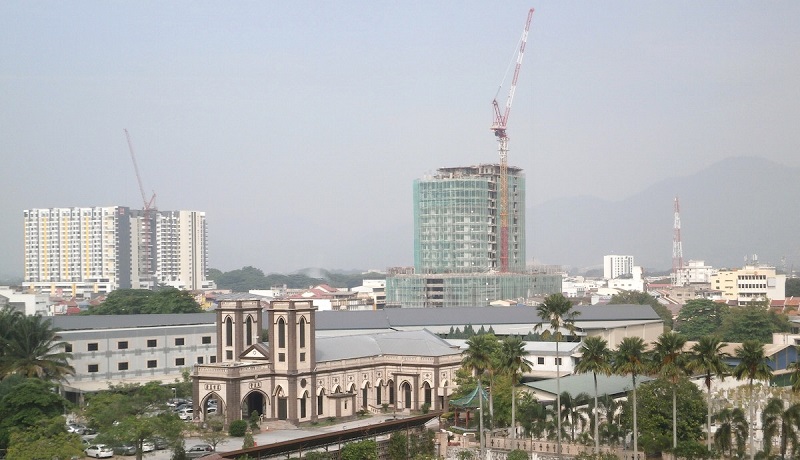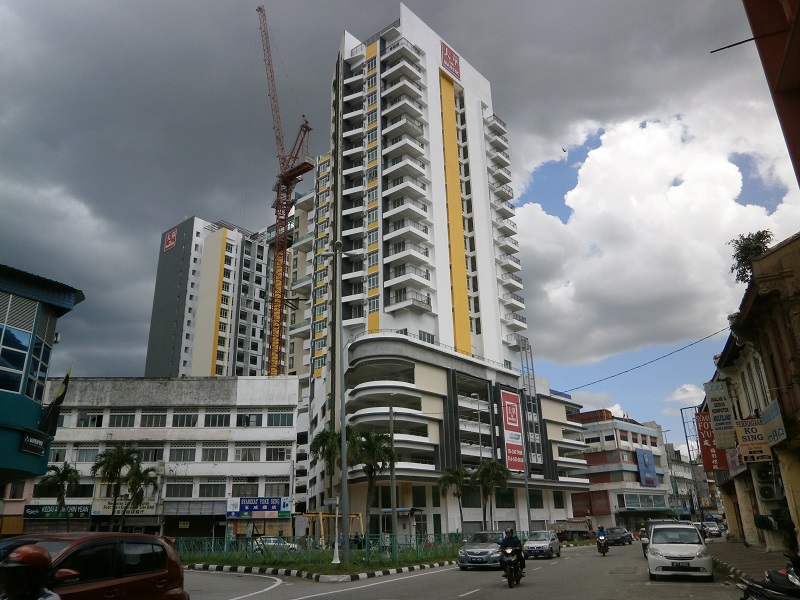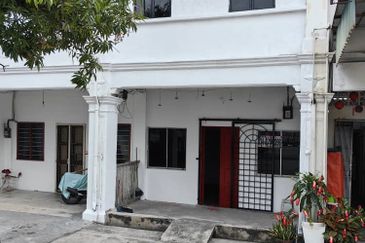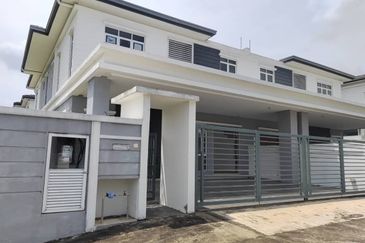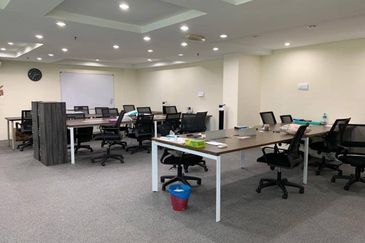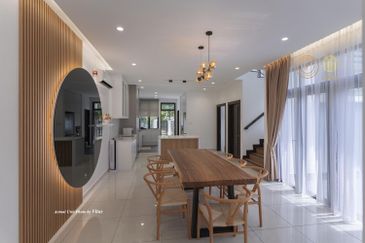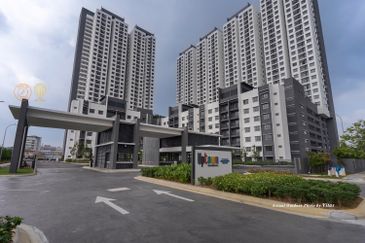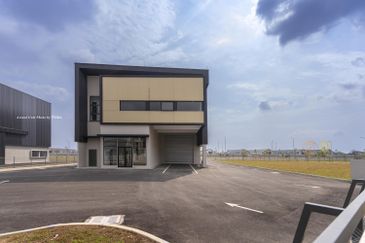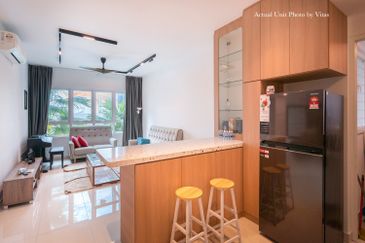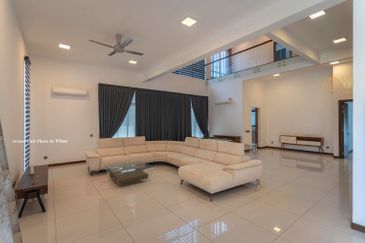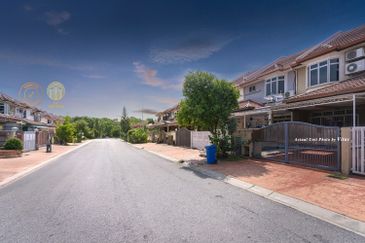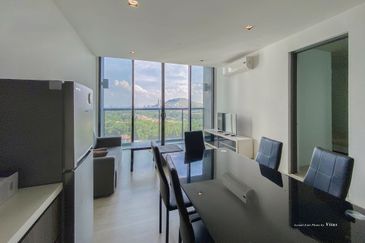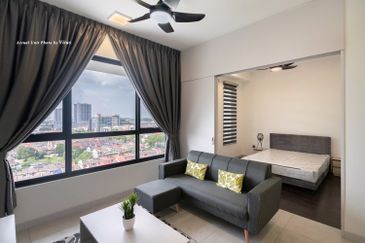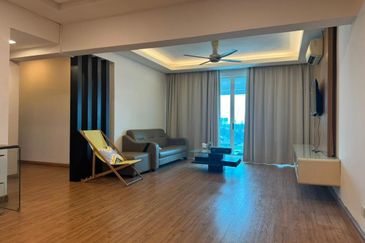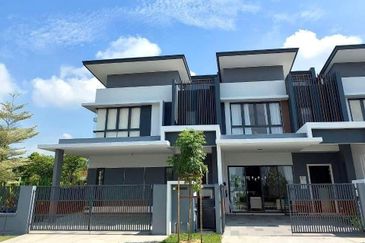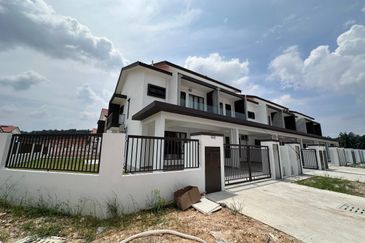IPOH (Sept 1): The skyline of Ipoh is fast changing as demand soars for condominiums in the city.
City folk are opting to live in high rises instead of landed property because of the better security afforded by the former.
“Until the last few years, they preferred landed property because there was ample land in Ipoh, but that is no longer the case”, said real estate agent Datuk Lee Heng.
“For the local residents, especially the older ones, security has top priority.
“High-rise residential projects are regarded as the best option as they are gated and guarded communities.”
He added that condominiums were also more convenient and easier to keep as all one needed to do was to pay the monthly maintenance fee.
 Lee, who has been in the real estate business in Ipoh for over 30 years, said it was also cheaper to buy a condominium than a house in the city.
Lee, who has been in the real estate business in Ipoh for over 30 years, said it was also cheaper to buy a condominium than a house in the city.
Since land is now scarce and expensive in Ipoh, a double-storey linked house cost over RM300,000.
However, unless one is buying them to live in, condominium units are not a good investment, even though they are cheaper here compared with prices in Kuala Lumpur and Penang, he said.
If it is to be rented, it is not worth the while as a month’s rent would not be enough to cover the high yearly assessment fee, he added.
Yet high-rise residential projects continue to mushroom in in the city. Some are under construction and others nearing completion. Most project developers reported a good response from local buyers. Many of these projects are in the New Town section and the city outskirts, such as in Jalan Kampar, Tambun, Meru, Chemor and Bercham.
“These buildings will soon change the skyline of the city,” said Lee.
“With the Civil Aviation Department (DCA)’s relaxation of the restriction on the height of buildings in the city, the trend now is to build upwards.
“The buildings are allowed to go well above 20 storeys now, except in some areas along the take-off and landing route of aircraft at the Azlan Shah Airport.”
The DCA has provided Ipoh City Council with a map indicating the flight path to the airport and a guideline for the maximum height of buildings.
At fringe locations such as Meru Raya, Pulai, Jelapang, Chepor and Tanjung Rambutan, buildings can go up to 30 storeys high.
As more people move nearer or into the city centre, high-rises are an inevitable development in the city with a population of 700,000.
The tallest buildings in Ipoh now are the 21-storey Majestic Tower and 20-storey Kinta Heights.
Though Ipoh was second in Malaysia to gain city status in 1988, after Kuala Lumpur, it has remained a heritage city.
The collapse of the tin mining industry in the mid-1980s had affected its growth. Many residents had moved to other cities or abroad to seek employment as many business establishments and factories closed.
It was not until about two decades ago that the state economy began to slowly pick up, spurring redevelopment in parts of the city.
Century-old shophouses were demolished in spite of public protests that the heritage buildings be preserved.
Overall, however, the development of Ipoh is taking place largely in keeping with its natural and harmonious landscape.
Today, Ipoh’s outward growth has reached neighbouring Bercham, Tasek, Jelapang, Menglembu, Pengkalan, Simpang Pulai and Chemor.
Tourism, too, is picking up as the electric train service between Ipoh and Kuala Lumpur becomes a popular mode of transport.
TOP PICKS BY EDGEPROP
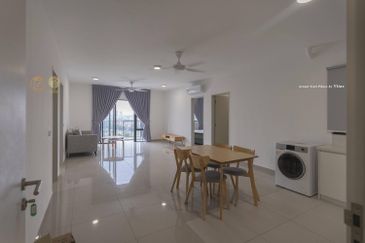
Duduk Huni @ Eco Ardence
Setia Alam/Alam Nusantara, Selangor
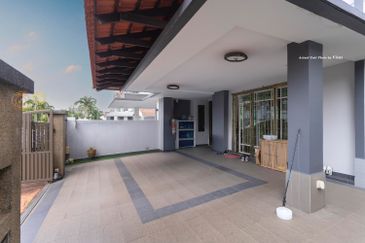
Setia Damai
Setia Alam/Alam Nusantara, Selangor
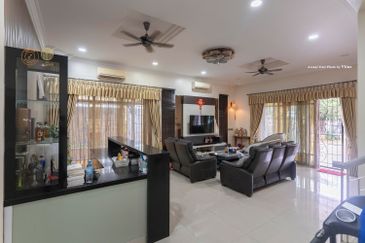
Setia Damai
Setia Alam/Alam Nusantara, Selangor
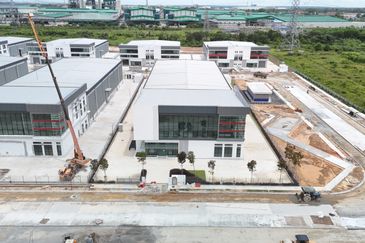
COMPASS @ Kota Seri Langat
Banting, Selangor
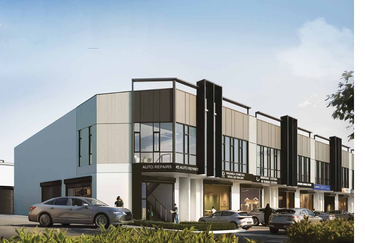
Kawasan Perindustrian Nilai 3
Nilai, Negeri Sembilan
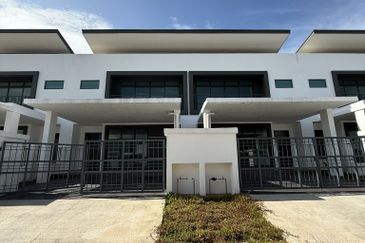
Bandar Baru Sungai Buloh
Sungai Buloh, Selangor

